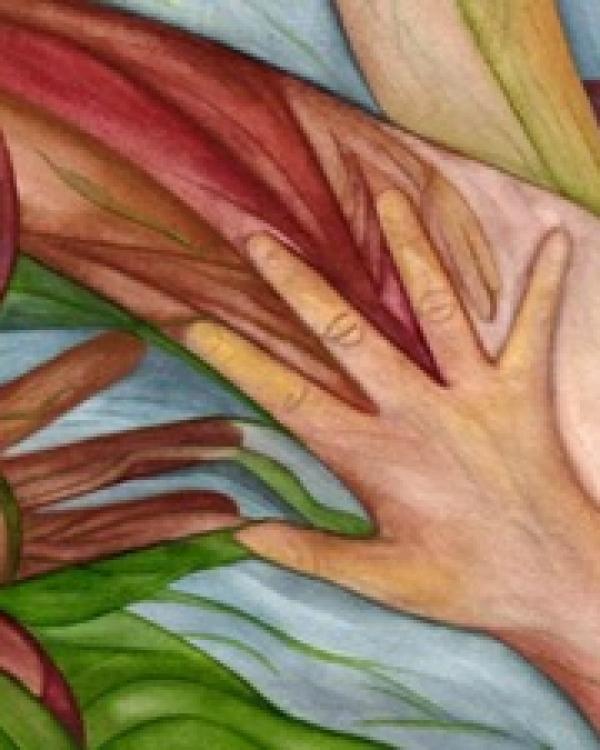
Week 3 of quarantine. Ready to start my work day. Close the bedroom door, sit down at my desk, open e-mail, comb through my notebook, focus. Wrap my head around outreach without the reach. The flow of my work days used to be an ebb and flow of conversations out and about in the community, followed by chunks of time in my office where I could put the pieces together and think about next steps. Since I will no longer be out in the foreseeable future, the only reach is the reach to adjust my computer camera for a Zoom meeting.
So, what next. Time to check in with the non-profits. I have had the unique opportunity to see many of our local environmental education groups in action over the past six months. I’ve been invited to join them on hikes with 4th grade students, to visit school gardens, to participate in nature writing lessons, to hear Richard Louv speak about nature deficit disorder, and to join conversations about the importance of this work in the face of climate change.
So what does quarantine mean for non-profits whose work is rooted in fostering a relationship with the natural world through real life experiences? I waited anxiously for the No Child Left Inside Santa Barbara meeting this week. Out of a group of 27, 7 of us were able to convene via Zoom.
I listen in. These groups are pressing on, despite financial uncertainty and reduced work hours. All have found a way to think outside of the box and provide nature connection to our community, without the nature. Guiding kids to find some way to connect, be it through a window, a small courtyard, or a plant growing in the windowsill. Garden educators from Explore Ecology develop how-to videos via their own phones, the Santa Barbara Botanic Garden provides nature journal prompts for kids and adults to try in their backyards, the Santa Barbara Museum of Natural History produces a nature from home guide including “a kid’s guide to backyard critters” and “how to raise a wooly bear caterpillar,” Lotusland prepares to join 4th grade classrooms via zoom to continue their 4th grade outreach program.
We discuss our idea for a future “passport” program, a collaborative project which aims at encouraging families to get out and visit the many beautiful outdoor destinations in Santa Barbara. Group leaders agree that despite financial strain and competition for local funding sources, it is important to continue a collaborative effort in some way. I find this perspective hopeful. A shift from competition to collaboration is one step closer to a sustainable future.
I look out the window and take a few deep breaths, wondering if my own kids have had a chance to connect with nature today.
Devon Azzam, Gevirtz School Assistant Director of Outreach, is sheltering in place at home in Santa Barbara with partner Tarek, daughter Sophia (10) and son Dominic (7). Last day in the office 3/13, last day in the water 3/20, last day unmasked in public 4/3, last meltdown a few hours ago. Still running, gardening and listening to the trees.